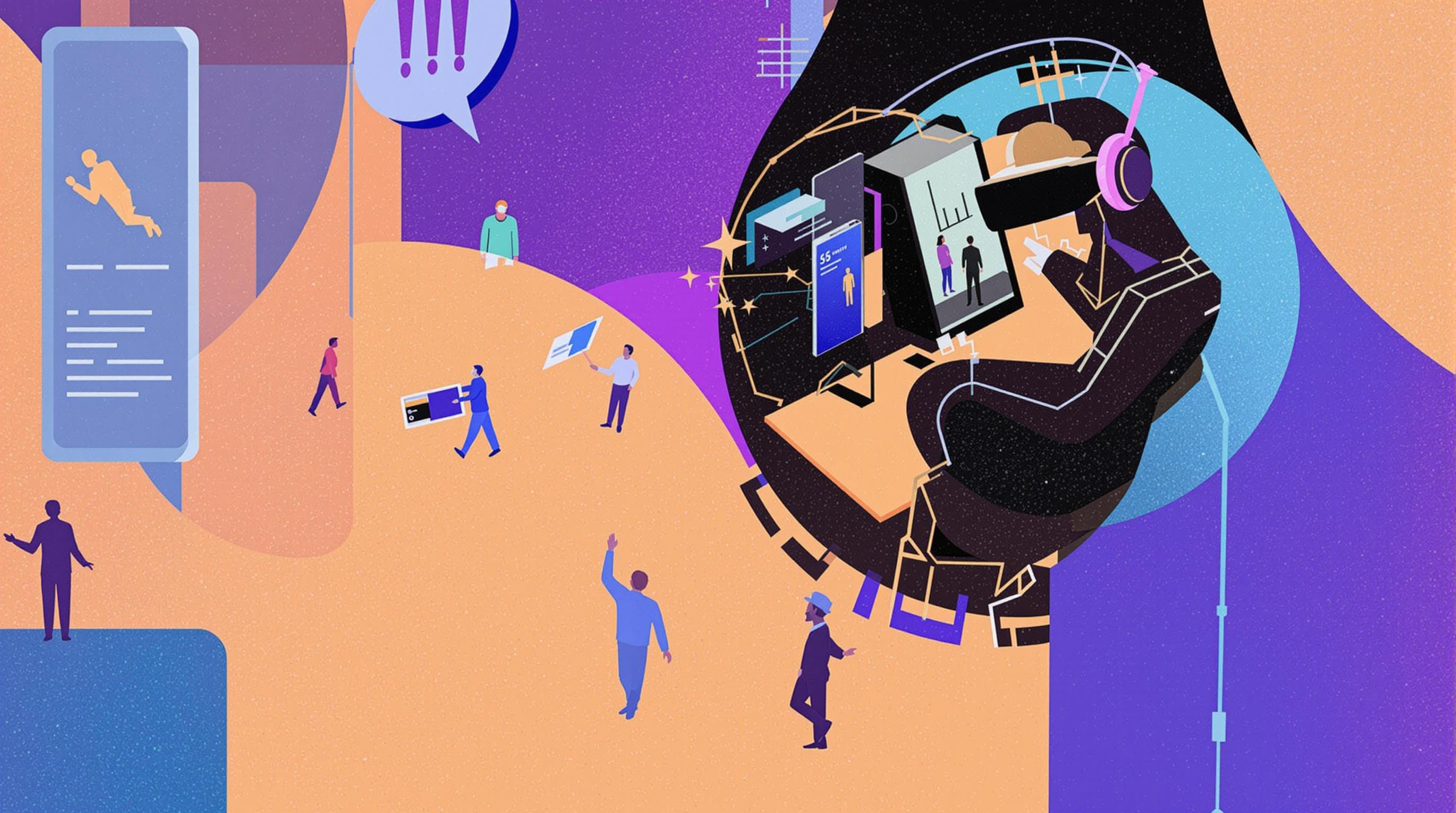Related Articles
- 7 Essential Digital Copyright Tools Revolutionizing Creative Protection Since 2019
- 7 Emerging AI-Powered Dispute Resolution Platforms Revolutionizing Conflict Management Since 2019
- 7 Cutting-Edge Insurance Apps Launched Since 2019 That Are Revolutionizing Coverage Verification
- 7 Cutting-Edge Workforce Management Tools Revolutionizing Employee Classification Efficiency in 2024
- Top 6 Innovative Lease Management Softwares Redefining Contract Control Since 2019
- Unveiling Overlooked Barriers: How ADA Rules Shape Access in Virtual Reality and Digital Worlds
Unveiling Overlooked Barriers: How ADA Rules Shape Access in Virtual Reality and Digital Worlds
Unveiling Overlooked Barriers: How ADA Rules Shape Access in Virtual Reality and Digital Worlds
The Americans with Disabilities Act (ADA) is reshaping how accessibility is considered in virtual reality (VR) and digital environments, unveiling a complex web of overlooked barriers. From legal frameworks to user experience, this article explores how evolving ADA rules influence access, inclusion, and innovation in these rapidly expanding digital worlds.
It's 2024, and virtual reality isn’t just for gamers anymore—it’s becoming a platform for work, social interaction, education, and healthcare. Yet, despite its flashy appeal, VR still lacks sufficient accessibility measures, posing challenges for people with disabilities. According to a 2022 survey from the Pew Research Center, nearly 15% of adults in the U.S. live with some form of disability. If VR environments don’t address their needs, they risk excluding a sizable portion of the population from this brave new world.
Picture this: Emma, a 32-year-old software developer who uses a wheelchair and loves exploring virtual spaces, enters a VR conference room only to find that the navigation system is designed solely for hand controllers. For her, the lack of voice command options and customizable controls creates a barrier that’s both frustrating and isolating. Her story echoes the experience of millions who face similar digital obstacles daily.
Dissecting the ADA’s Role in Virtual Realms
The ADA, enacted in 1990, primarily aimed to protect people with disabilities against discrimination in physical spaces. However, as technology has surged forward, courts and regulators are grappling with applying these rules to digital and virtual domains. The Department of Justice has weighed in, stating that websites and digital services must be accessible—a principle that many argue should extend to VR environments.
Legally speaking, VR presents a new frontier. In recent years, lawsuits against companies offering inaccessible digital platforms underscore the urgency of clarifying how ADA guidelines apply. For instance, Domino’s Pizza faced a landmark case when a blind customer claimed their website and mobile app weren’t compatible with screen readers, leading the Supreme Court to allow the case to proceed in 2019 (Robles v. Domino’s Pizza, Inc.).
Hidden Challenges: Beyond Laws and Regulations
Sure, legal challenges get headlines, but the real barriers often lie within the technology itself. VR developers face obstacles in creating interfaces that support various disabilities—from vision impairment to motor challenges. Some VR systems rely heavily on visual cues and fine motor skills, which may be impossible to navigate for users with disabilities.
Take the example of color blindness—a condition affecting roughly 8% of men and 0.5% of women of Northern European descent (National Eye Institute). VR worlds rich in color differentiation yet lacking alternative markers can create unintentional exclusion. Additionally, audio description and subtitles for in-world content remain inconsistent, further limiting access for users with hearing impairments.
Humor Break: When the Subtitles Vanish in VR
Imagine attending a VR concert and realizing halfway through that the subtitles for the lyrics have disappeared into the digital ether. It’s like watching a mime perform Shakespeare—silent, confusing, and profoundly frustrating. Accessibility isn’t just a checkbox; it’s the difference between immersion and alienation.
Real People, Real Impact: Case Studies in Inclusion
A 2023 pilot project by the University of Washington demonstrated how adapting VR environments to conform with ADA guidelines improved participation among disabled students in remote learning. By integrating voice commands, adjustable controllers, and haptic feedback, users reported a 40% increase in engagement during immersive lessons.
Similarly, the VR social platform AltSpaceVR rolled out new accessibility features in mid-2023. These included text-to-speech, simplified navigation menus, and customizable avatar movements tailored for users with limited mobility. Feedback showed notable improvements in social connectivity and user satisfaction.
The Road Ahead: Technology Meets Policy
To truly embrace accessibility, collaboration between lawmakers, developers, and disability advocates is crucial. Technical standards relevant to VR—such as the Web Content Accessibility Guidelines (WCAG)—need updating to address immersive technology. Meanwhile, policymakers need to clarify ADA responsibilities for virtual spaces to preempt legal ambiguities.
The rise of AI-generated adaptive interfaces offers promising solutions, automatically adjusting the VR experience based on individual user needs. But, as with all innovations, these must be developed with inclusivity as a core principle, not an afterthought.
Statistics That Matter
Did you know? Around 26% of U.S. adults aged 18 to 64 have some form of disability, according to CDC data from 2020. As virtual environments become mainstream platforms, ignoring accessible design alienates more than one in four potential users—a critical misstep for both ethics and business.
Summing Up: Inclusion Is Innovation
Virtual reality and digital worlds offer transformative opportunities but must be navigated thoughtfully. ADA rules act as much-needed guides, ensuring these new frontiers do not replicate or worsen existing disparities. By unveiling overlooked barriers, we can advocate for a more inclusive, accessible future in which technology serves everyone.
— Henry, age 54, investigative reporter passionate about digital equity and innovation.

